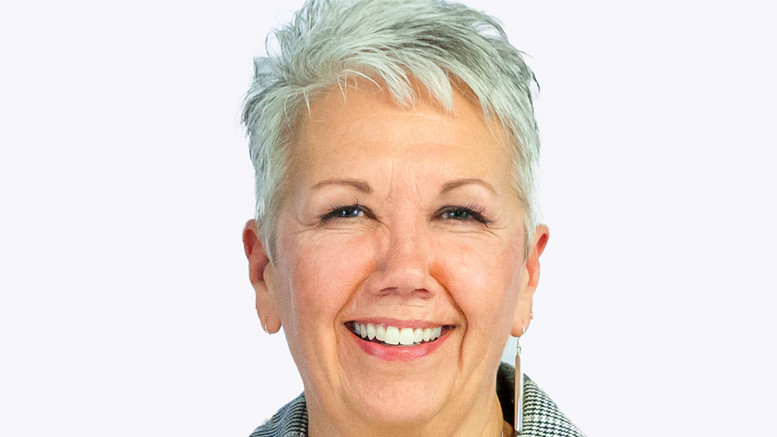By Kimberly S. Dowling, Judge of Delaware Circuit Court 2—
MUNCIE, IN—January is National Human Trafficking Awareness Month. As I reflect on the advances Indiana has made over the last nine years, I would like to highlight those accomplishments and share recent updates with the Muncie community.
My work in human trafficking began in 2014 just after I was first elected to the bench. It was a hot topic even then, but I learned quickly that we had a lot of work to do.
Approximately 300,000 children are drawn into human trafficking each year. Those trafficked by family members begin being victimized between the ages of 12-14. Those trafficked by non-family perpetrators begin between the ages of 14-16. Roughly 80% of these children have been involved with the child services (“welfare”) system, and 50% of them have been in foster care. They come from all walks of life. We see children who are trafficked by their own families, as a part of gang involvement, and by other perpetrators.
Most importantly, we learned that approximately 90% of these children have seen a medical professional while being trafficked. This startling fact has helped us focus training in Indiana on the medical professionals.
Several years ago, the Indiana Supreme Court appointed a committee to address the trafficking of Indiana youth. This committee, which is part of the Indiana Commission on Improving the Status of Children, has helped address the issue in several ways.
Last year, I highlighted advances our committee has made in training many groups to identify trafficking victims. Since that time, we have undertaken a year-long schedule of training juvenile probation officers in each region of Indiana. The screening tool prepared for use by juvenile probation officers is now available statewide as part of software they use every day.
Trying to train medical professionals across our state is daunting. For that reason, we have partnered with Senator Mike Crider to ask the legislature to require all Indiana nurses to receive regular trauma-informed training. I testified recently before the Senate Committee on Health and Provider Services to support this legislation, which is still pending.
We are also working to update the statute that helps children in need of services (the CHINS statute). Our proposed amendments would provide children with their own attorney the moment they are identified as a potential trafficking victim. That legislation has yet to be set for hearing.
We have continued to train Indiana medical professionals at medical schools, clinics, hospitals, and mental health providers, and we continue to provide all health care providers with our quick indicator tools for use in identifying children who may be trafficked.
We must teach children the danger of communicating on the internet with those they do not know. About eight minutes is all a perpetrator needs to groom a child on social media or websites. For boys who are trafficked, their first sexual experience is typically through online gaming. The perpetrator gains access to the child’s social media profiles, learns their whereabouts and demands the child provide videos and photographs. Parents must be vigilant about their children’s internet activities.
Profits drive this heinous phenomenon. The demand for purchasing sex, especially with juveniles, leads ‘professional” perpetrators to lure our children into the trafficking industry. In 2022, the Indiana legislature increased the penalty for purchasing sex, with adults and juveniles, to a level 4 felony. Purchasers now face sentences of two to twelve years, and an advisory sentence of six years. While that helps, so much more work remains to be done.
Indiana still faces many challenges. We still have no state budget line item assigned to reducing trafficking. Most child trafficking victims suffer from something akin to “Stockholm syndrome” by the time they are identified as a victim. That creates huge obstacles for law enforcement to overcome in investigating trafficking. Most ads to sell our children run on the internet and we do not have the resources to keep up with the ads. Despite these challenges, the committee I work on continues the fight for Hoosier children.
Our children need it and deserve it.



